What to expect when traveling abroad from Japan in a global pandemic
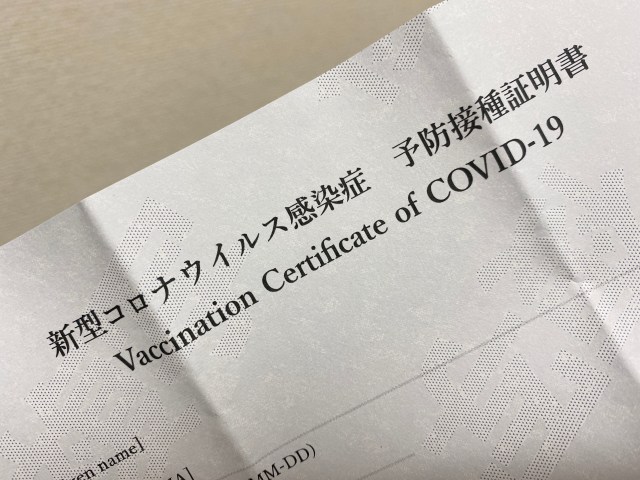
Our Japanese-language reporter writes on the peculiarities of traveling from a high-risk country during a pandemic.
Our Japanese-language reporter Ikuna Kamezawa had a flight booked for Spain on August 15, and she took every necessary precaution. Of course, she got vaccinated, and even applied for a vaccine passport to ensure things would go as smoothly as possible.
This is still a global pandemic, though, and “smoothly as possible” doesn’t mean “devoid of turbulence”. While residents of Japan can travel internationally, there are many sanctions, and as a result, most countries fit into one of three kinds:
- Travelers from Japan must quarantine for a set time after entering the country
- A PCR test showing a negative result from just before departure is required for entry
- Neither are required for entry
Typically the first group requires a quarantine of 14 days, but some countries offer a way to reduce that time by presenting a vaccine passport or producing a negative PCR test after quarantining for a few days.
The second condition, a recent PCR test, is complicated in that the results need to be printed in English. Japan only offers this service in a limited capacity, and when Ikuna contacted a center in Tokyo that offered English-language results she was told that the sample must be collected two days before you leave the country, leading to a very tight window that doesn’t allow for schedule changes or emergencies. The test can also cost anywhere from 10,000 yen (US$91.07) to 30,000 yen (US$273.21).
And naturally, the third category isn’t one to depend on either. Countries may revoke permission for Japanese travelers at a moment’s notice, which already happened in the EU during January of this very year (the ban has since been lifted.)

Another complication is that direct flights out of Japan have decreased, so it’s often necessary to grab a connecting flight. Having a connecting flight brings its own problems, as some countries restrict visitors who arrive via another country. It’s necessary to check the restrictions for every country on your journey and be prepared to give up on your trip if the restrictions won’t allow for it.
Thankfully, Ikuna’s route to Spain only had one transfer flight in Qatar, and no extra special requirements. When she arrived two hours early at Narita Airport, however, a nasty surprise was waiting for her. Staff waylaid her before she could reach the check-in desk, asking: “Have you downloaded Spain’s app?”
▼ The app in question.
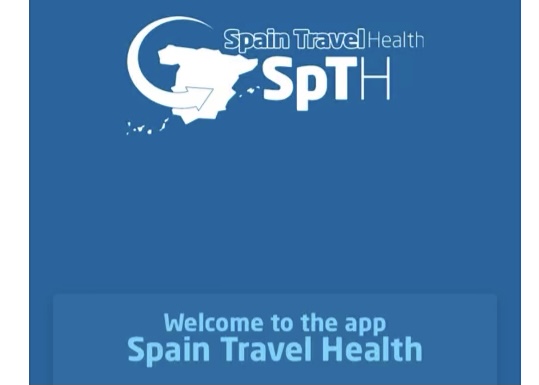
Ikuna was aware she needed a QR Code to enter Spain but had thought she could download it after arriving at the Spanish airport. The Narita Airport staff’s manner put her in such a fluster that she decided to download the app then and there, but…
▼ Gah! It was all in English!
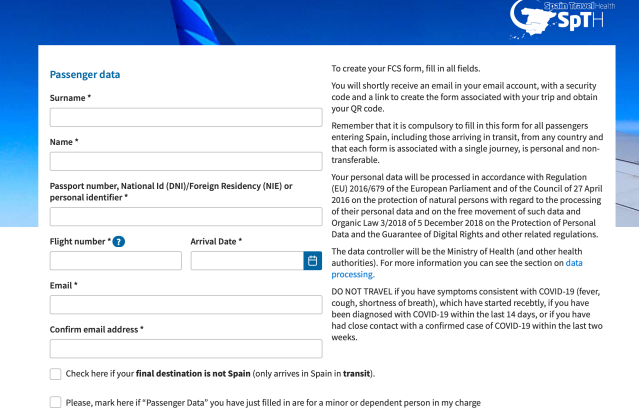
After a lot of research, Ikuna learned that the Spain Travel Health App required you to submit your name, address, accommodation while in Spain, and current health status. These country-specific apps are incredibly common—Japan has its own, after all—and anyone who doesn’t have a smartphone to use such an app is required to rent one.
Ikuna took about 20 minutes to finish preparing her app at the airport, though thankfully she had people on hand to help her with her many questions. And speaking of questions, she had to answer plenty from Narita Airport’s staff: “Do you have a return ticket?” “Can you prove that you’re traveling for work?” “If you are denied access to Spain, do you have enough money to purchase a return ticket to Japan?”
This intense inquisition took much more time than she’d expected, and so Ikuna had to dash through the eerily empty airport to make her flight.

Then she made it to her assigned seat, masked up, and sat far away from any other passengers…
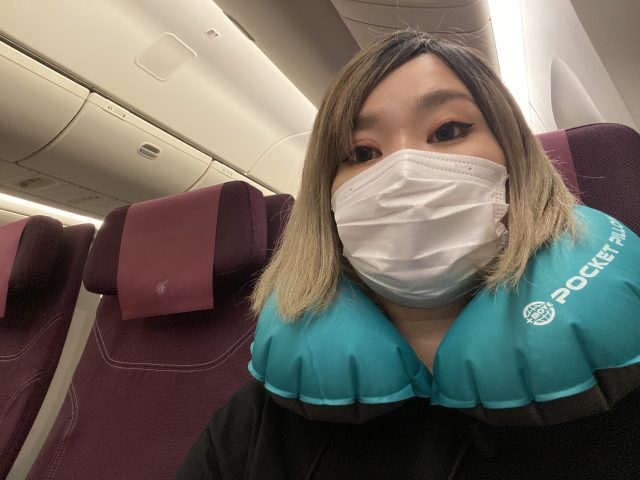
In time she made it to Qatar, where she disembarked. The airport here was a world away from the funereal atmosphere at Narita Airport.
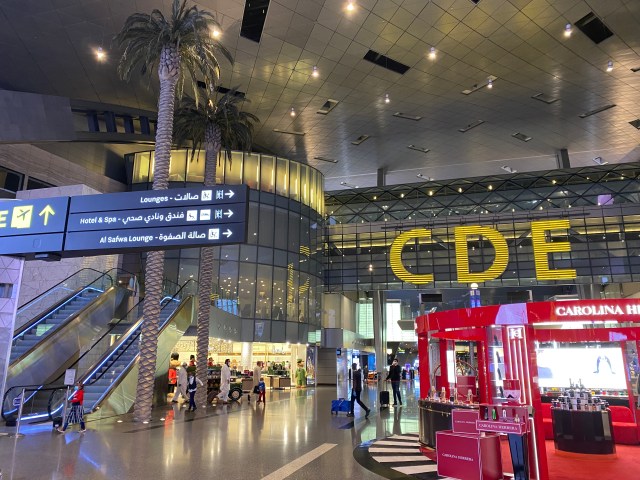
Signs posted everywhere informed travelers of the strict precautions necessary; everyone needed to wear a mask and stay very far apart. But otherwise, it felt very familiar to an airport she might have visited during pre-COVID travel.
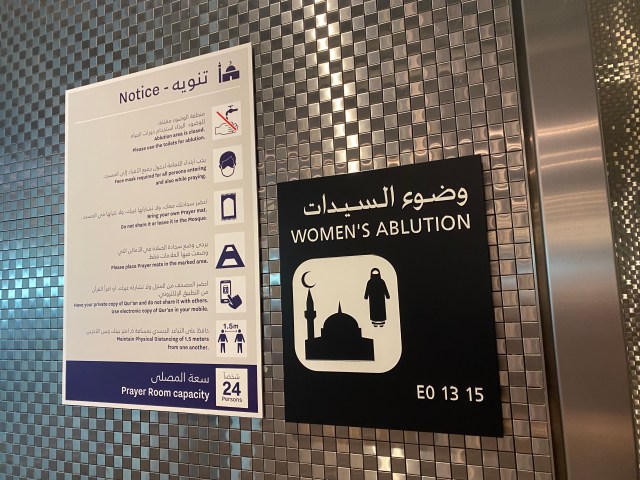
Ikuna’s stop-over at Qatar lasted for four hours, which gave her plenty of time to catastrophize about far-fetched reasons Spain might have for denying her entry. She watched the milling tourists anxiously. To add insult to injury, her flight to Spain was delayed.
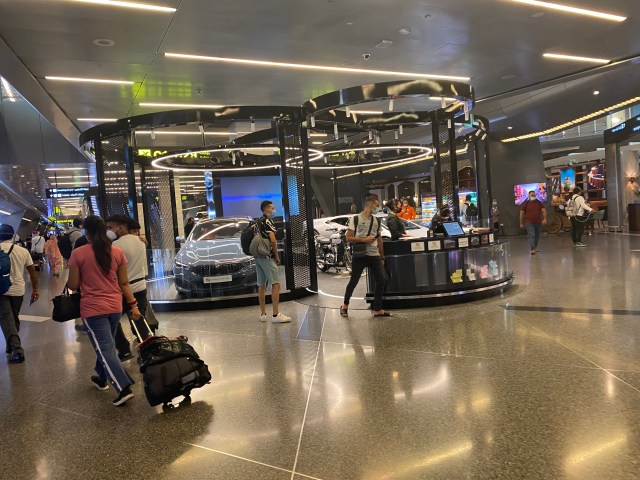
When she finally made it up into the air, she was surprised to find that the plane was fully booked. The majority were tourists, in fact! It was a surreal sight after the almost-vacant airplane she’d traveled in to reach Qatar.
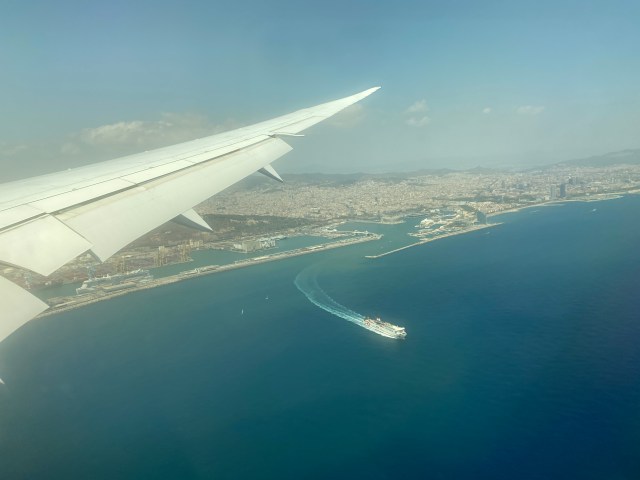
She landed in Spain with no issue. But would she be turned away at the gate? Ikuna steeled herself as she approached the immigration counter…
▼ …and passed through it in about 10 seconds.

The fellow at the desk gave her a hearty thumbs up and implored her to enjoy her stay, and didn’t ask her a single accusatory question. Ikuna was left feeling disoriented from the whole experience. It was entirely different from the oppressive atmosphere she’d encountered at Narita Airport.
And speaking of which…
▼ Here is where they check for your Spain Travel Health App QR Code.
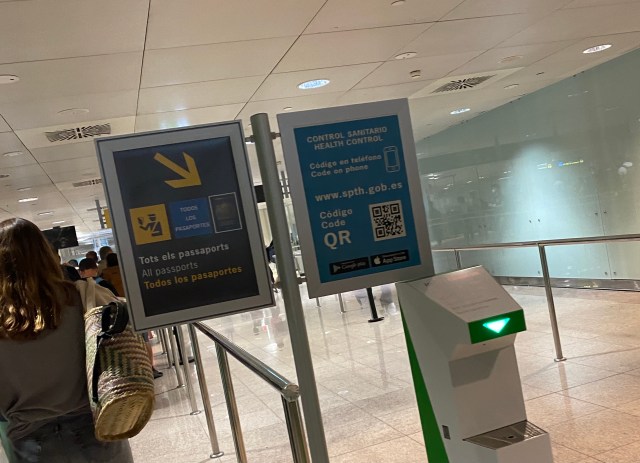
Ikuna was reassured that it was fine to download the app here and fill it out now, contrary to what she’d been told at Narita Airport. However, she had to admit that she was glad to have already installed the app and received her code. Entering in all of her information without anyone around to help in her native language would have been a pain.
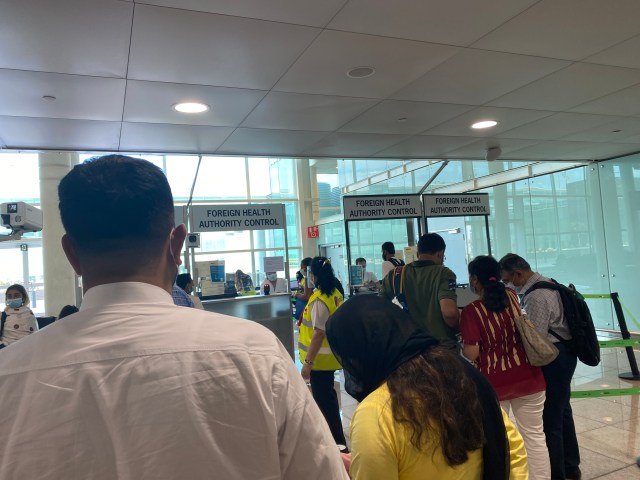
Though Ikuna had a breezy time passing through the immigration check this time, she concedes that there’s an element of luck involved. Another of our Japanese-language reporters, Miho Kazuki, was stuck for over five hours while trying to enter Spain from within the EU last year. Timing, health status, and point of origin are all important factors when traveling.
Once she’d shown her QR Code, Ikuna was free to roam the streets of Barcelona. She recommends searching out country-specific travel apps before embarking on a trip for another company, as it was the source of most of her trouble this time. However, please note that any traveler who leaves Japan is required to quarantine for two weeks once they return to Japan, without exception. You are also required to submit a standardized certificate of a negative COVID-19 test result conducted 72 hours before your flight back to Japan.
Stay as safe out there as you can, and good luck if you are required to travel!
Images © SoraNews24
● Want to hear about SoraNews24’s latest articles as soon as they’re published? Follow us on Facebook and Twitter!
Credit:

0 comments:
Post a Comment